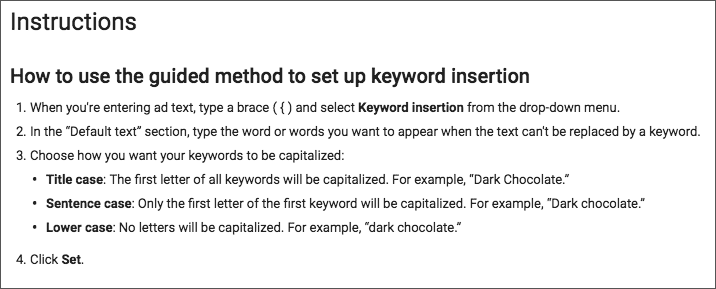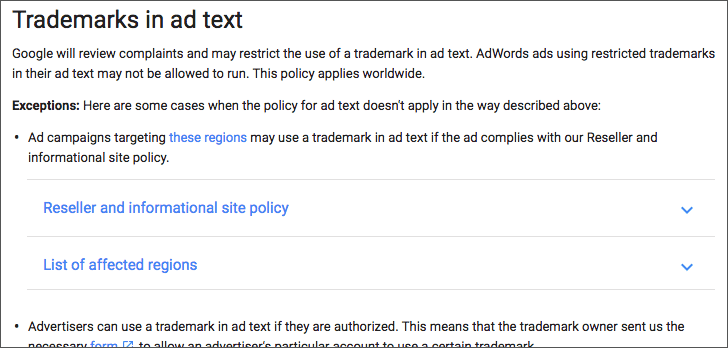Dynamic Keyword Insertion occurs when a completely random, obscure search is thrown back in your face—in the form of a precisely worded ad.
Searching for Black Kittens, Used Golf Clubs or Christmas Socks? No problem! Bam—there’s ads promoting exactly those items, just begging to be clicked.
For example: Adopt Black Kittens for Sale! Or something like: Official Used Golf Clubs Experts!
So, What is DKI?
Dynamic Keyword Insertion, or DKI, is usually a staple in any advertiser’s toolbox. In many ways, it’s considered a no-brainer way to boost click-through rates and traffic to your site.
DKI allows you to completely customize your ad based on a search query, allowing you to create a deeply targeted ad that speakers directly to searchers. Hey, we’ve got exactly what you want. Even better, DKI is not as complex as it may appear; all it requires is a simple, generic base ad template. Google will customize it when its served.
Yet, like anything, DKI isn’t perfect. It can spark debates among veteran and novice advertisers alike. There’s conflicting opinions on exactly how to leverage DKI to boost traffic and conversions, how DKI may or may not impact the quality of site traffic, and how to best employ DKI.
So, we’ve created this DKI best practices guide to help you polish up your performance as you prepare for the new year.
Regardless of how you use DKI, these are tried-and-true tips that are sure to enhance your Google AdWords strategy and encourage you to approach your DKI with a fresh perspective.
1. Character limits count.
You’re working with 25 characters in the ad headline and 35 in the body lines of your ad. DKI is not the time to push it. For example, long-tail keywords DKI can result in some pretty funky ads. In addition, due to AdWords’ character limit, your long-tail keyword may get the boot, and AdWords will default to your base generic ad instead.
2. Capitalization counts, too.
When you input keywords into your ad, you manage your capitalization based on how you capitalize “Keyword” in various ways.
For example, inputting “{keyword: new houses} will show “new houses.” But inputting {Keyword: new houses} will show “New houses”.
Evaluate if, and how, capitalization is important to you and be aware of these nuances when you’re creating ads. In the meantime, check out Google’s tutorial on capitalization here.
3. Don’t overdo it.
Be careful about how much DKI is too much DKI. At a glance, it’s great customization and the boost in clicks you’ll see may encourage you to run wild. But if it’s used more than once in an ad (and you can use it anywhere), it may elicit an eyeroll from viewers. You risk giving your ad a cheap, spammy vibe.
4. Experiment with your placement.
DKI can be used in the headline of the ad, where it’s most popularly used. But it can also be used in the description and URL. Like any marketing campaign, you will need to test different placements to gauge effectiveness.
5. Don’t forget to use the Ad Preview Tool.
This may seem like common sense, but make sure you’re diligent about testing your ads in the ad preview tool. You may be surprised at the errors you catch, or the changes you wish to make!
6. Be overly thorough with your keyword choices.
If you’re chasing keywords that are not completely relevant to your products or services, it’s time to re-evaluate. Do your keywords fit with your generic ad and with the intent of the searcher?
7. Avoid misspellings.
We’re completely supportive of bidding on misspelled words—that can be a smart addition to your overall strategy! But consider the impression a misspelled word makes in a DKI ad. If you’re shooting for a professional, credible appearance, misspelled words won’t help you achieve it.
8. Beware of competitors’ branded terms.
It’s against Google guidelines to use trademarked terms in ad copy. It’s considered best practice to avoid these terms altogether with DKI.
9. Test relentlessly.
Use a split testing approach to see how DKI ads perform against regular ads within the same ad group. Evaluate your key metrics, including conversions, traffic and click-through rate.




